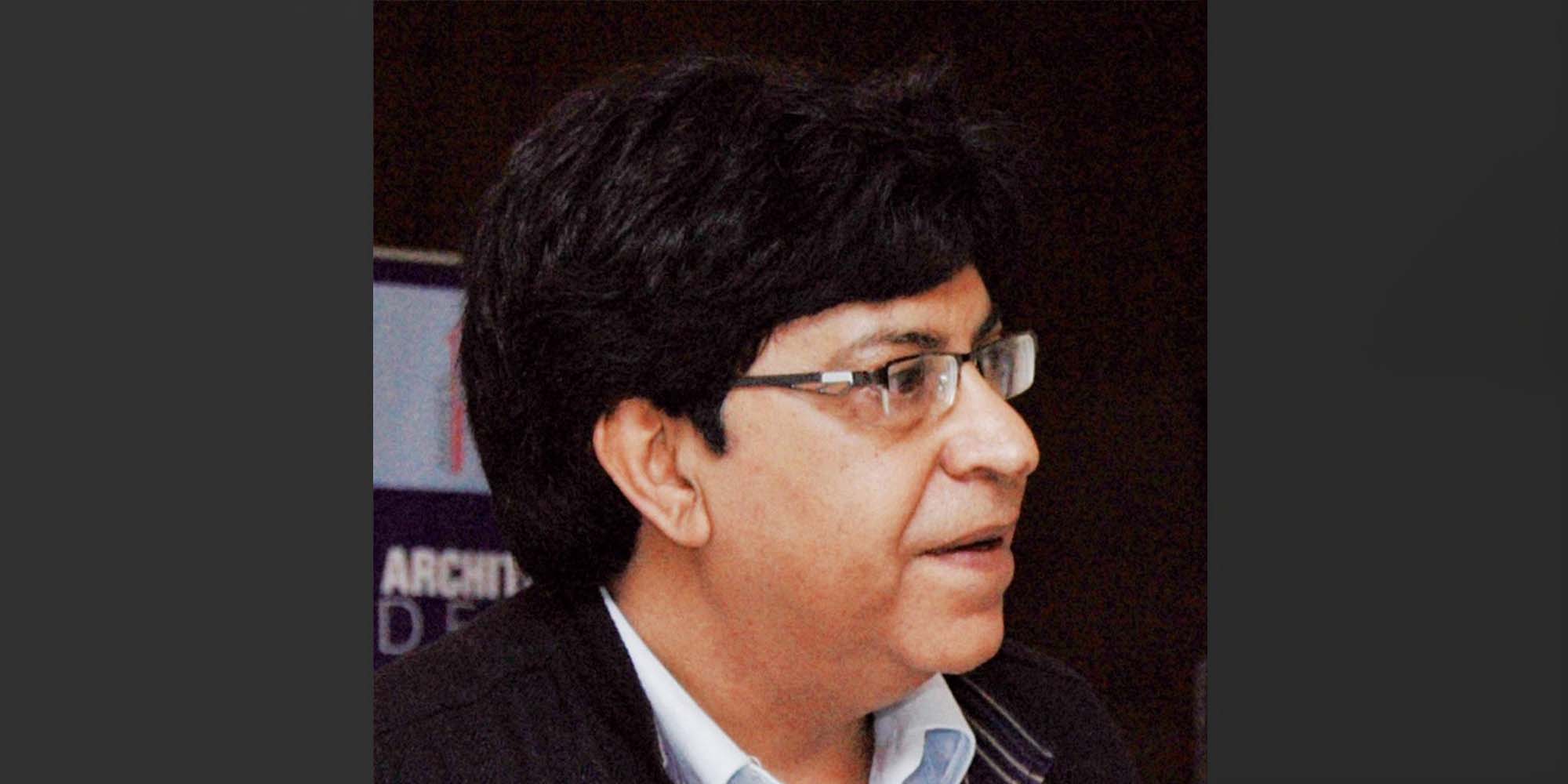Architectural journalism is more than just reporting on buildings; it is a profound and influential medium that bridges the gap between architects, the public, and the built environment. At its core, architectural journalism seeks to translate the often complex and technical language of architecture into something accessible and engaging for a broader audience. This discipline has a unique power: it not only informs but also shapes public opinion, influences policy decisions, and promotes critical discourse within the architectural community.
Over the centuries, architecture has evolved from being a craft practiced by a select few to a global discipline that impacts every aspect of our daily lives. Whether we are aware of it or not, the spaces we inhabit—from our homes to our workplaces, from public parks to urban infrastructure—are all shaped by architectural decisions. These decisions, in turn, are influenced by the way architecture is communicated and critiqued in the media. This is where architectural journalism comes into play.
Architectural journalists serve as both interpreters and critics. They are tasked with the challenge of not only explaining architectural concepts to the general public but also critiquing the work of architects and urban planners. Their critiques can elevate a project to new heights of recognition or expose its flaws, prompting reconsideration or revision. Through their work, architectural journalists become the custodians of the built environment, holding architects accountable to the communities they serve and ensuring that architecture remains a discipline that is responsive to societal needs.
The impact of architectural journalism extends far beyond the pages of a magazine or the screens of a website. A well-written critique or an insightful article can spark a public debate, influence the direction of urban development, or even lead to policy changes. For example, Ada Louise Huxtable’s critiques in The New York Times not only educated the public about architectural issues but also played a role in preserving historic buildings in New York City. Similarly, Jane Jacobs’ writings on urban planning, though not strictly journalism, ignited a movement that continues to influence the design of cities around the world.
The Evolution of Architectural Journalism
The Early Beginnings of Architectural Journalism
The roots of architectural journalism can be traced back to the 18th century, with the rise of print media and the growing public interest in architecture as an art form. Early architectural journals, such as Vitruvius Britannicus by Colen Campbell, played a crucial role in documenting and disseminating architectural knowledge. These publications provided a platform for architects to share their work, discuss design principles, and engage with a broader audience.
During the 19th century, architectural journalism began to take shape as a distinct discipline. The rise of industrialization and urbanization brought architecture to the forefront of public consciousness, leading to the establishment of dedicated architectural magazines and journals. Publications like The Builder (founded in 1843) and Architectural Record (founded in 1891) became influential platforms for discussing architectural trends, innovations, and critiques.
The Role of Architectural Criticism in the 20th Century
The 20th century marked a significant shift in architectural journalism, with the emergence of architectural criticism as a powerful tool for shaping public opinion and influencing architectural practice. Prominent critics like Lewis Mumford, Jane Jacobs, and Ada Louise Huxtable brought a new level of intellectual rigor to the field, using their platforms to advocate for better urban planning, preservation of historical buildings, and human-centered design.
Architectural journalism also expanded beyond print media, with radio and television programs dedicated to architecture and urban design. These new mediums allowed journalists to reach a wider audience and engage the public in conversations about the built environment. For instance, Huxtable’s critiques in The New York Times and her television appearances brought architectural issues into mainstream discourse, influencing both policy and public perception.
The Digital Revolution: Architectural Journalism in the 21st Century
The advent of the internet and digital media has revolutionized architectural journalism, democratizing access to information and providing new platforms for architectural discourse. Online publications, blogs, and social media have made it easier for architectural journalists to reach global audiences and engage with diverse communities.
Digital platforms like ArchDaily, Dezeen, and Rethinking The Future have become key players in the field, offering real-time coverage of architectural projects, trends, and debates. The rise of digital journalism has also led to the proliferation of multimedia content, including videos, podcasts, and virtual tours, which provide new ways to experience and understand architecture.
Pioneering Architectural Journalists and Their Legacy
Lewis Mumford: The Philosopher of Urbanism
Lewis Mumford was a pioneering figure in architectural journalism, known for his profound insights into urbanism and the relationship between architecture and society. His writings, including his influential book The City in History (1961), offered a comprehensive analysis of urban development and its impact on human life. Mumford’s critiques emphasized the need for cities to be designed with human needs in mind, advocating for green spaces, public amenities, and community-oriented planning.
Mumford’s work laid the foundation for a more holistic approach to urban design, influencing generations of architects, planners, and urbanists. His emphasis on the social and environmental dimensions of architecture continues to resonate in contemporary discussions on sustainable and inclusive cities.
Ada Louise Huxtable: The Mother of Modern Architectural Criticism
Ada Louise Huxtable is widely regarded as the mother of modern architectural criticism. As the first full-time architecture critic for The New York Times, Huxtable brought architectural journalism to the forefront of public discourse. Her sharp, insightful critiques helped shape public opinion on significant architectural projects and urban developments in New York City and beyond.
Huxtable was a fierce advocate for preserving historical buildings and promoting human-scale urban design. Her critiques were not only intellectually rigorous but also accessible to the general public, making complex architectural issues understandable and relevant to everyday life. Her legacy lives on in the work of contemporary architectural critics who continue to emphasize the social responsibility of architecture.
Jane Jacobs: The Champion of Livable Cities
Although not a traditional architectural journalist, Jane Jacobs’ contributions to the field are undeniable. Her seminal work, The Death and Life of Great American Cities (1961), challenged the prevailing urban planning practices of her time and advocated for a more community-centered approach to city design. Jacobs emphasized the importance of mixed-use development, walkability, and preserving the social fabric of neighborhoods.
Jacobs’ writings sparked a paradigm shift in urban planning, leading to a greater emphasis on the human experience in the design of cities. Her work has inspired countless architects, planners, and activists to advocate for more livable, sustainable, and equitable urban environments.
Influential Contemporary Architectural Journalists
Paul Goldberger: The Voice of Architectural Critique
Paul Goldberger is one of the most respected architectural critics of our time, known for his thoughtful and eloquent critiques. As the architecture critic for The New York Times and later The New Yorker, Goldberger has written extensively on a wide range of architectural topics, from skyscrapers to museums to urban planning.
Goldberger’s critiques are characterized by their deep understanding of architectural history and theory, as well as their sensitivity to the social and cultural context of buildings. He has received numerous awards for his work, including the Pulitzer Prize for Distinguished Criticism in 1984. Goldberger’s writings continue to influence the way we think about architecture and its role in society.
Inga Saffron: Advocating for Thoughtful Urban Development
Inga Saffron is the architecture critic for The Philadelphia Inquirer and has been a leading voice in architectural journalism for over two decades. Her critiques focus on the intersection of architecture, urban planning, and public policy, with a particular emphasis on the impact of development on communities and the environment.
Saffron’s work has been recognized with numerous awards, including the Pulitzer Prize for Criticism in 2014. She is known for her clear, engaging writing style and her commitment to advocating for thoughtful, sustainable urban development. Saffron’s critiques often highlight the need for architects and planners to consider the long-term implications of their work on the public realm.
Oliver Wainwright: Bringing Architecture to the Masses
Oliver Wainwright is the architecture and design critic for The Guardian, where he covers a wide range of architectural topics, from cutting-edge contemporary designs to issues of housing and urban policy. Wainwright’s writing is known for its wit, clarity, and ability to make complex architectural concepts accessible to a broad audience.
Wainwright has also contributed to several architectural publications and has a background in architecture, which informs his critiques with a deep understanding of the design process. His work often explores the social and political dimensions of architecture, challenging architects and planners to consider the broader impact of their designs.
The Role of Architectural Journalism in Shaping Public Opinion
Influencing Public Perception and Policy
Architectural journalism plays a crucial role in shaping public perception of architecture and urban development. Through their critiques and analyses, architectural journalists can influence public opinion on significant architectural projects, urban policies, and design trends. This, in turn, can affect the decisions of policymakers, developers, and architects.
For example, Ada Louise Huxtable’s critiques of urban renewal projects in New York City helped raise public awareness of the negative impacts of these developments on communities and led to greater scrutiny of similar projects in the future. Similarly, Jane Jacobs’ advocacy for community-centered urban planning sparked a movement that continues to influence urban design practices today.
Promoting Architectural Awareness and Education
Architectural journalism also plays an essential role in promoting architectural awareness and education. By making architectural concepts and critiques accessible to the general public, journalists help foster a greater appreciation for the built environment and encourage more informed discussions about architecture.
Publications like Architectural Digest, Dezeen, and Rethinking The Future offer a wide range of content that appeals to both professionals and enthusiasts, from in-depth analyses of architectural projects to profiles of influential architects. These platforms not only provide valuable insights into the world of architecture but also inspire readers to engage with and appreciate the built environment around them.
Fostering Dialogue and Debate in the Architectural Community
Architectural journalism serves as a platform for dialogue and debate within the architectural community. Through critiques, opinion pieces, and interviews, journalists can highlight different perspectives on architectural issues and encourage critical discussions about the future of the profession.
For example, the debates sparked by Lewis Mumford’s critiques of modernist architecture in the mid-20th century helped shape the trajectory of architectural practice and theory in the following decades. Similarly, contemporary journalists like Inga Saffron and Oliver Wainwright continue to challenge architects and planners to think critically about their work and its impact on society.
Architectural Journalism in the Digital Age
The Rise of Digital Platforms and Online Publications
The digital age has brought significant changes to the field of architectural journalism, with the rise of online platforms and publications that offer real-time coverage of architectural projects, trends, and debates. Websites like ArchDaily, Dezeen, and Rethinking The Future have become essential resources for architects, designers, and enthusiasts alike, providing a wealth of information and inspiration.
Digital platforms have also democratized access to architectural journalism, allowing a broader audience to engage with architectural content. This has led to a more diverse and inclusive conversation about architecture, with voices from different backgrounds and perspectives contributing to the discourse.
The Impact of Social Media on Architectural Discourse
Social media has also had a profound impact on architectural journalism, providing new ways for journalists to reach and engage with their audience. Platforms like Twitter, Instagram, and LinkedIn allow architectural journalists to share their work with a global audience, participate in real-time discussions, and connect with other professionals in the field.
Social media has also given rise to new forms of architectural journalism, such as blogs and vlogs, which offer more informal and personal perspectives on architectural topics. These platforms allow journalists to experiment with different formats and styles, reaching new audiences and fostering more interactive and dynamic conversations about architecture.
Challenges and Opportunities in the Digital Age
While the digital age has brought many opportunities for architectural journalism, it has also presented new challenges. The rise of clickbait and sensationalist content, the pressure to produce content quickly, and the competition for online attention can sometimes compromise the quality and depth of architectural journalism.
However, digital platforms also offer new opportunities for innovation and experimentation in architectural journalism. The ability to incorporate multimedia content, such as videos, podcasts, and virtual tours, allows journalists to provide a more immersive and engaging experience for their audience. Additionally, the rise of data journalism and interactive storytelling offers new ways to explore and analyze architectural issues.
Challenges and Opportunities in Architectural Journalism
Navigating the Challenges of Objectivity and Criticism
One of the primary challenges faced by architectural journalists is maintaining objectivity while providing critical analysis. Unlike traditional journalism, architectural journalism often involves a close relationship with the architectural community, which can sometimes lead to conflicts of interest or pressure to provide favorable coverage.
Architectural journalists must navigate these challenges by adhering to ethical standards and maintaining their independence as critics. This requires a commitment to rigorous research, thoughtful analysis, and a willingness to challenge the status quo. By doing so, journalists can provide valuable insights and critiques that contribute to the advancement of the field.
The Commercialization of Architectural Journalism
Another challenge faced by architectural journalists is the increasing commercialization of the field. The rise of sponsored content, advertising partnerships, and branded content has blurred the lines between editorial and commercial content, leading to concerns about the integrity and credibility of architectural journalism.
To maintain their authority and credibility, architectural journalists must be transparent about their relationships with sponsors and advertisers and ensure that their editorial content remains independent and unbiased. This requires a delicate balance between commercial interests and journalistic integrity, but it is essential for maintaining the trust of their audience.
Opportunities for Innovation and Experimentation
Despite these challenges, the field of architectural journalism also offers numerous opportunities for innovation and experimentation. The rise of digital platforms, social media, and multimedia content provides new ways for journalists to engage with their audience and explore architectural topics in more depth.
For example, the use of virtual reality and augmented reality in architectural journalism allows readers to experience architectural projects in a more immersive and interactive way. Similarly, the rise of data journalism and interactive storytelling offers new ways to analyze and present architectural information, providing readers with a more comprehensive understanding of the issues at hand.
The Future of Architectural Journalism
Embracing New Technologies and Platforms
The future of architectural journalism lies in the ability to embrace new technologies and platforms that offer innovative ways to explore and communicate architectural topics. As digital media continues to evolve, architectural journalists will need to adapt to new formats and mediums, such as virtual reality, augmented reality, and artificial intelligence, to stay relevant and engaging.
These new technologies offer exciting opportunities for architectural journalism, allowing journalists to provide more immersive and interactive experiences for their audience. For example, virtual reality can transport readers to architectural sites and allow them to explore buildings in detail, while augmented reality can overlay architectural information onto the physical world.
Expanding the Scope of Architectural Journalism
As the field of architecture continues to evolve, so too must the scope of architectural journalism. In addition to traditional topics such as design and aesthetics, architectural journalists will need to engage with broader issues such as sustainability, social equity, and climate change. By addressing these critical issues, journalists can contribute to the ongoing conversation about the future of architecture and its role in society.
Architectural journalism also has the potential to become more interdisciplinary, drawing on insights from fields such as urban planning, sociology, and environmental science to provide a more comprehensive understanding of architectural issues. This interdisciplinary approach will be essential for addressing the complex challenges facing the built environment in the 21st century.
Fostering Diversity and Inclusion in Architectural Journalism
The future of architectural journalism also depends on fostering greater diversity and inclusion in the field. This includes not only increasing representation of underrepresented groups in architectural journalism but also ensuring that a diversity of perspectives and voices is included in the conversation about architecture.
By embracing diversity and inclusion, architectural journalism can provide a more accurate and holistic portrayal of the built environment and contribute to a more equitable and inclusive future for architecture.
Conclusion
Architectural journalism is a vital field that plays a crucial role in shaping our understanding of the built environment. Through their critiques, analyses, and advocacy, architectural journalists have the power to influence public opinion, inform policy decisions, and promote a more thoughtful and responsible approach to architecture and urban design.
As the field continues to evolve in the digital age, architectural journalists will need to navigate new challenges and embrace new opportunities to stay relevant and impactful. By doing so, they can continue to provide valuable insights and contribute to the ongoing conversation about the future of architecture and its role in society.
Readers are encouraged to engage with architectural journalism, whether through traditional print media, online platforms, or social media. By staying informed and participating in the conversation about architecture, we can all contribute to the creation of a more sustainable, equitable, and beautiful built environment.
References:
- The New York Times: www.nytimes.com
- The Guardian: www.theguardian.com
- Rethinking The Future: www.re-thinkingthefuture.com




